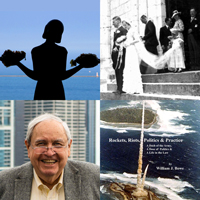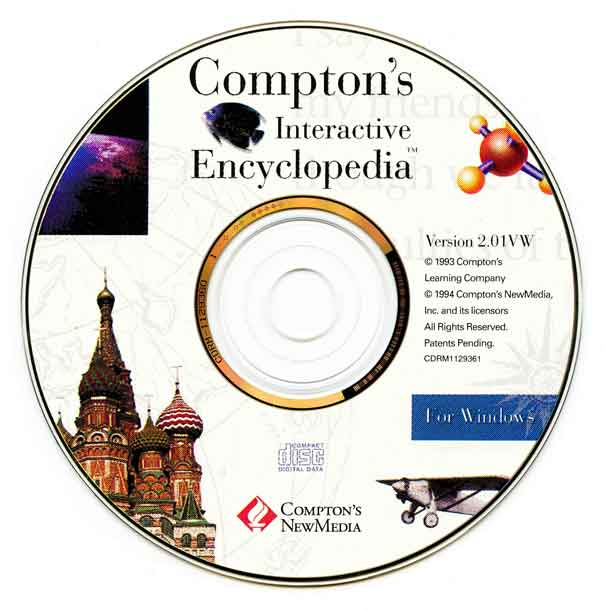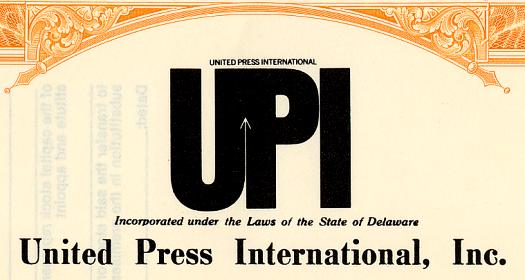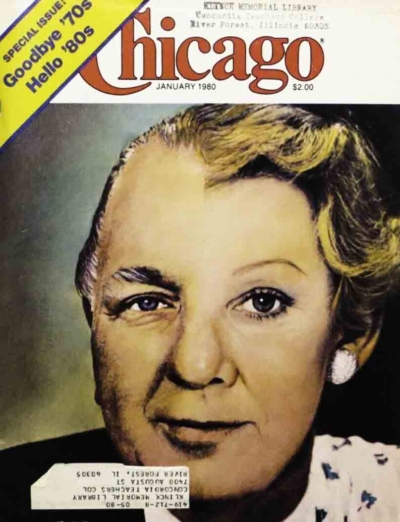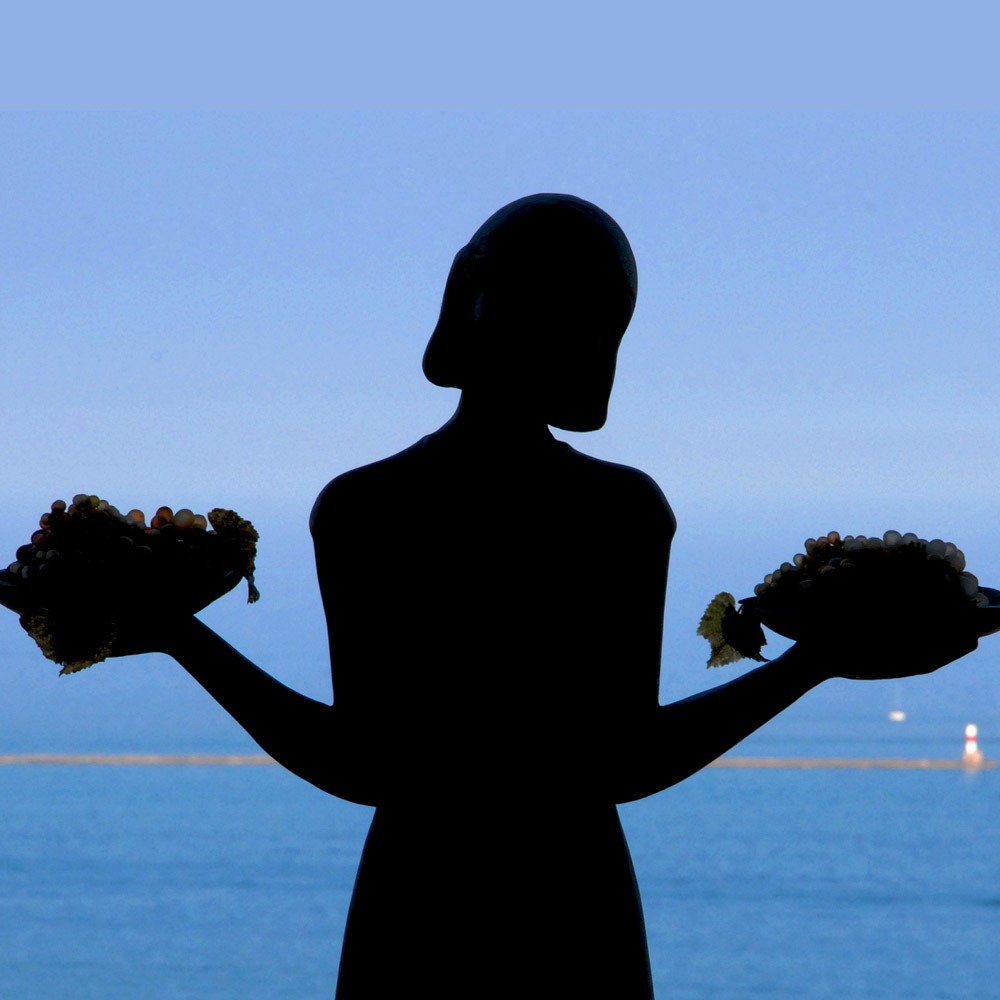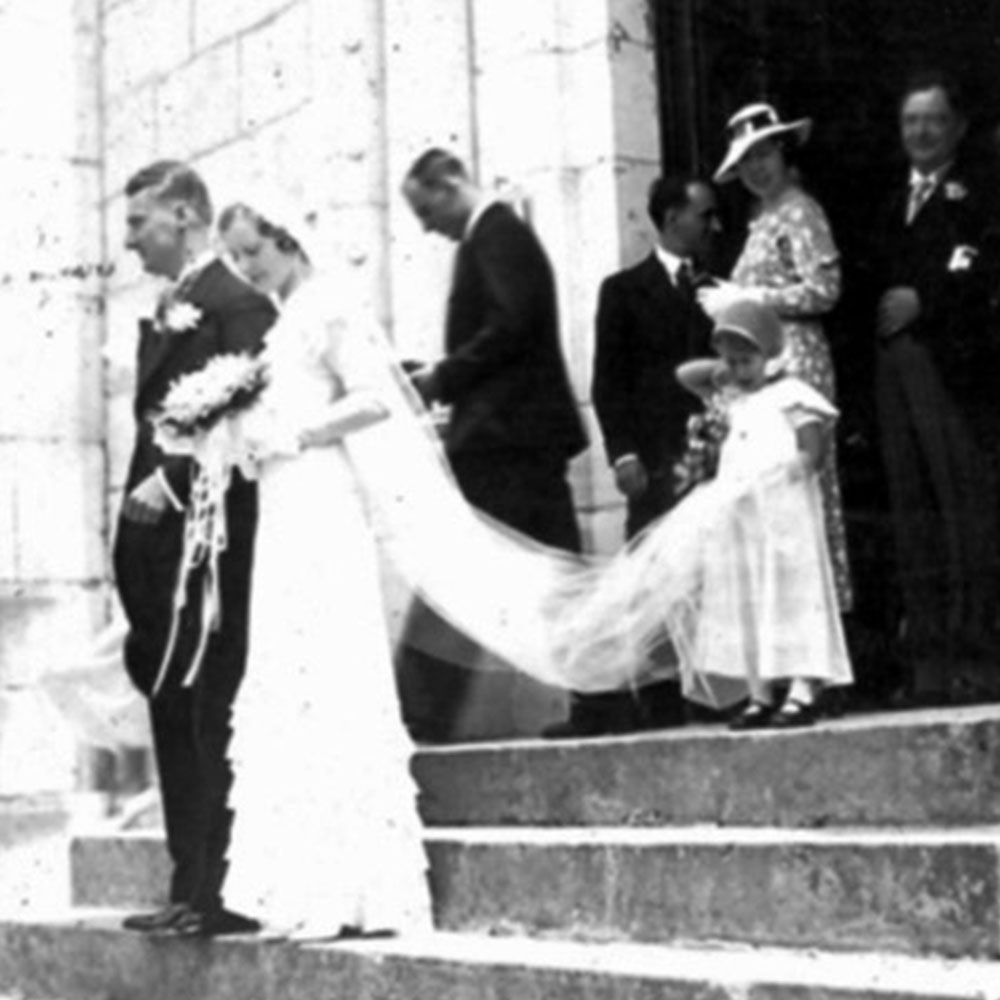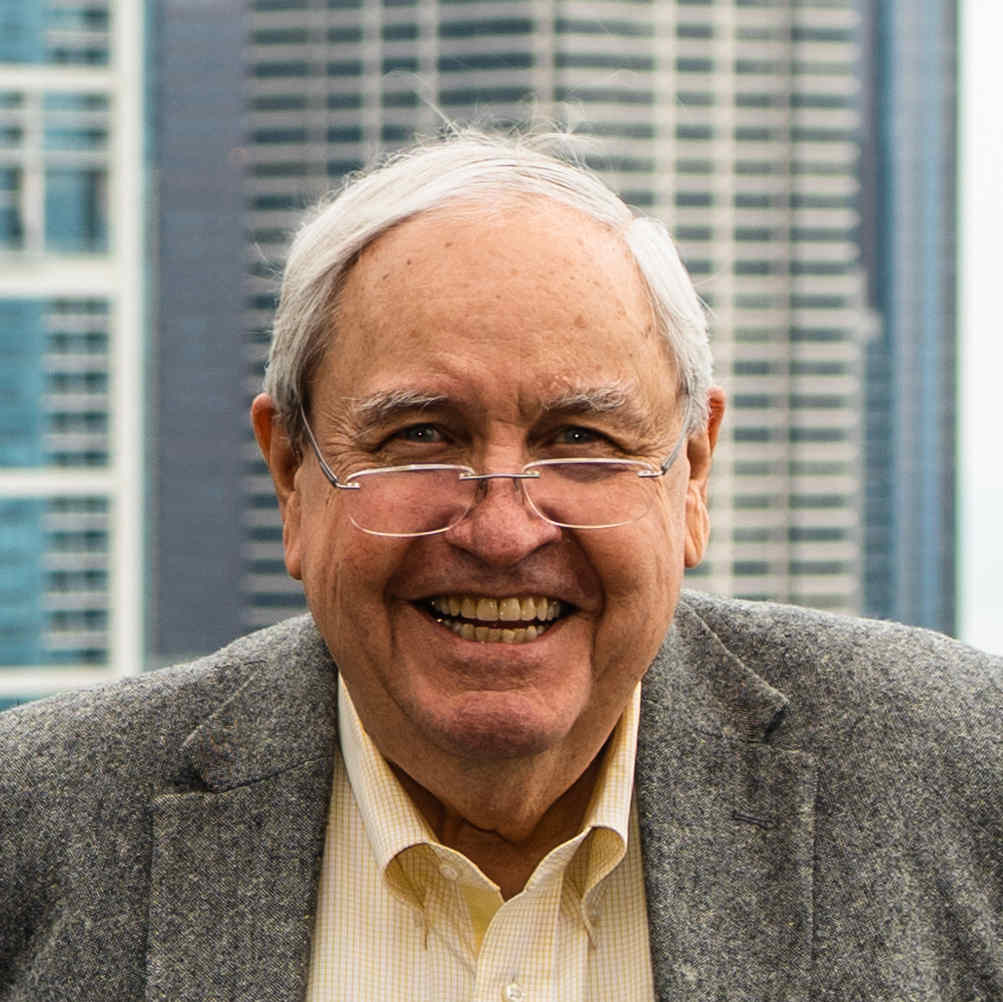As I began work for Bradford in 1979, Rod MacArthur was directly engaged in the management of the company, but he was increasingly spending his nine-to-five hours doing other things, including working on his growing dispute with his fellow directors of the Foundation. By the time I left the company, he was spending less and less of his time on Bradford matters and turning up less and less at the company’s offices in the Chicago suburb of Niles. Nonetheless, during this period he had acquired the well-known, New York City-based retail and catalog business of Hammacher Schlemmer & Co. from Gulf + Western.
At the time of Rod’s acquisition, Gulf + Western was one of America’s largest conglomerate companies. As we entered its building at the foot of Central Park, we passed through a group of nuns protesting outside. They were apparently unhappy with Gulf + Western’s policies in the West Indies. The company owned thousands of acres in the Dominican Republic replete with sugar plantation and cattle. When Bradford had won the auction for Hammacher, Gulf + Western’s president, David (Jim) Judelson, asked the two of us to join him for lunch in his private dining room at the top of the building. As the elevator arrived at the executive suite, two armed security guards with weapons drawn were there to greet us. If the nuns downstairs weren’t the threat, Gulf + Western certainly thought it had bigger unseen enemies lurking about.
The small dining room had large windows offering spectacular views of Manhattan. At the time, Gulf + Western was only a tenant in the building, not its owner. Its owner, oddly enough, was Bankers Life & Casualty Co., the massive insurance corporation established by John D. MacArthur. It was the primary asset willed to the MacArthur Foundation upon his death. Knowing that Rod was MacArthur’s son and a director of the Foundation, Judelson joked that if the window blinds needed to be repaired, he now knew who to call.
Not long after Bradford closed the purchase of Hammacher, the Foundation, under a legal requirement to divest its operating businesses, sold the Gulf + Western Building and 18 other New York properties for over $400 million. In time, Gulf + Western fell apart, and in 1994, architect Philip Johnson oversaw the renovation of the building, and it was reopened as the Trump International Hotel and Tower.

